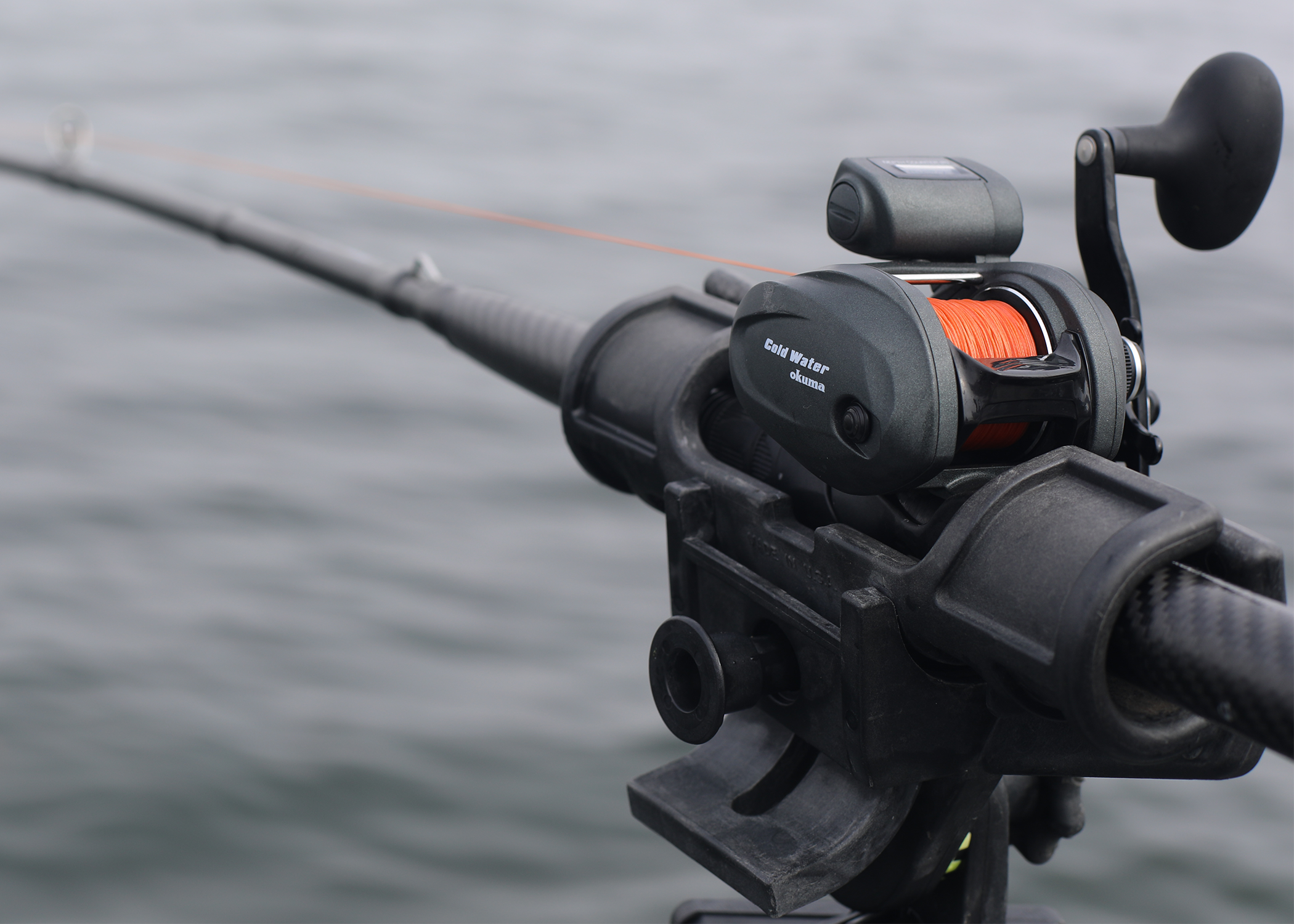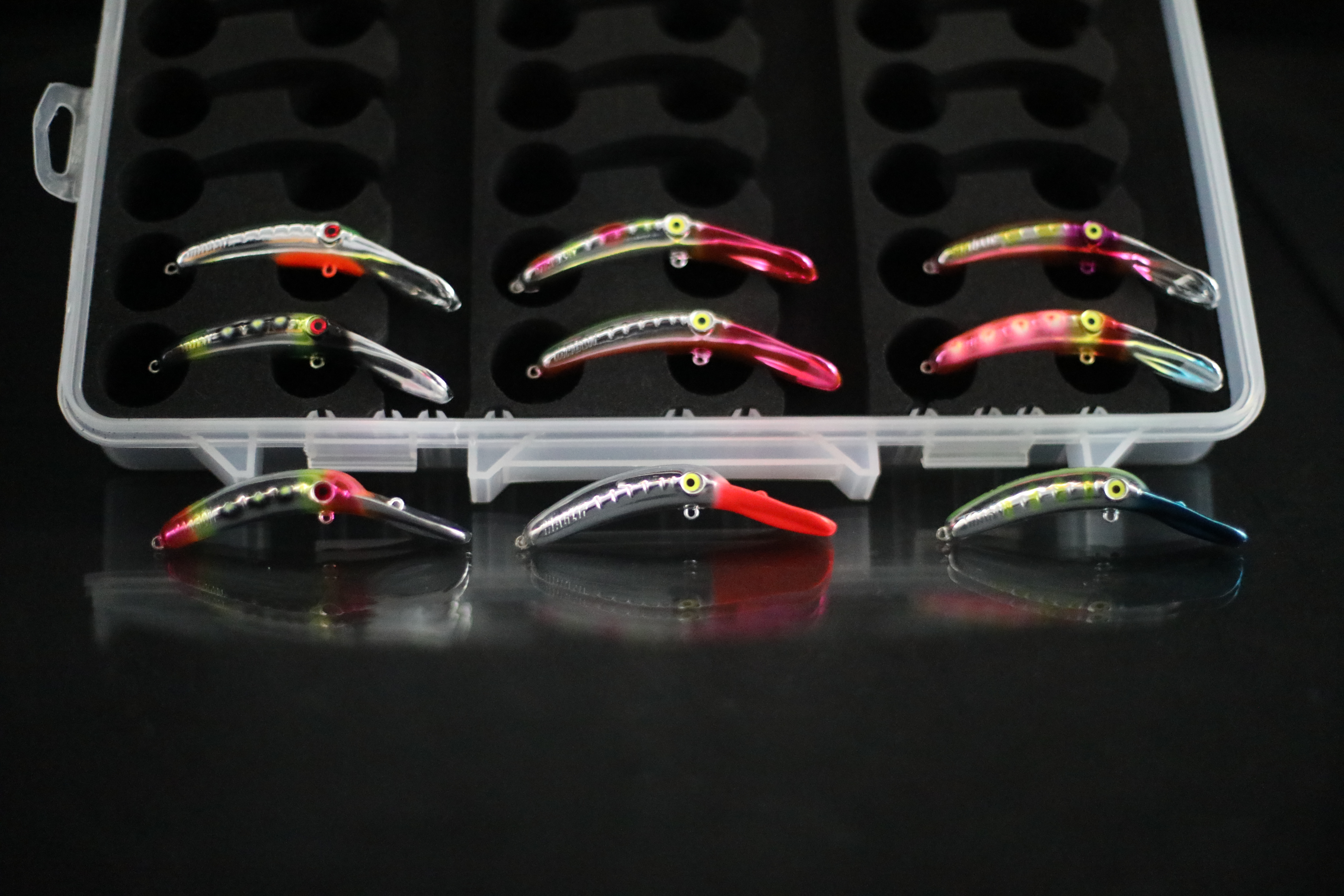Back Trolling for Steelhead: Speed, Boat Control, Rigs, and Spreads
Table of Contents
What Is Back Trolling?
Where and When It Works Best
Core Gear for Back Trolling

Productive Lures and Baits

Rigs That Track True
Boat Control: Speed and Angle
Setting a Clean Spread
Tuning Plugs
Reading Water and Picking Lanes
Strike Detection and Hookups
Seasonal Adjustments
Troubleshooting
Simple Start Plan
Safety and Fish Care
Conclusion
Shop Salmon & Steelhead Gear

